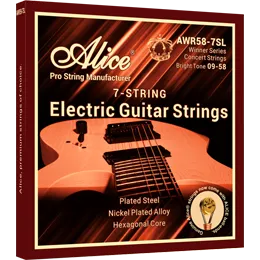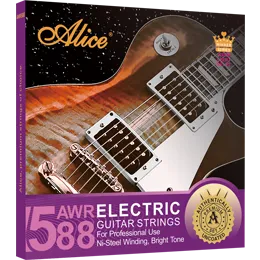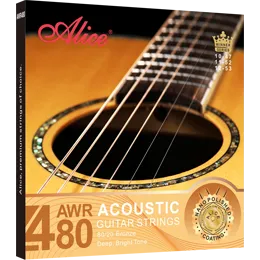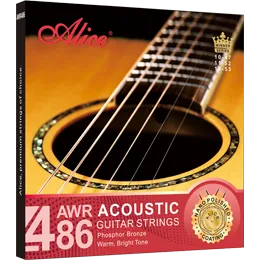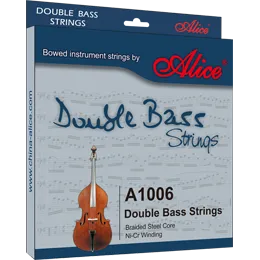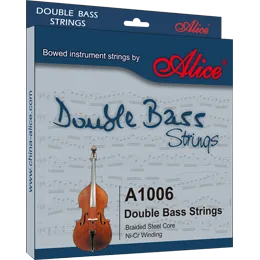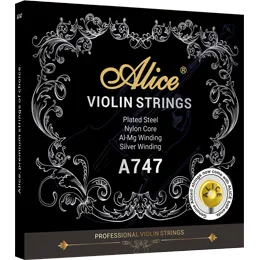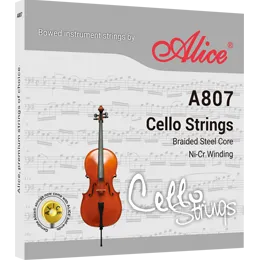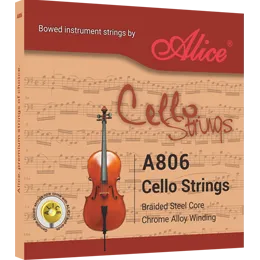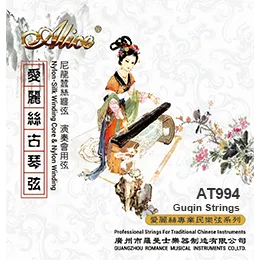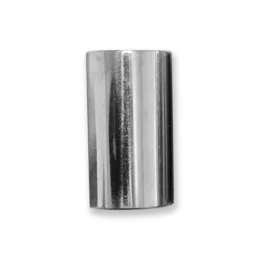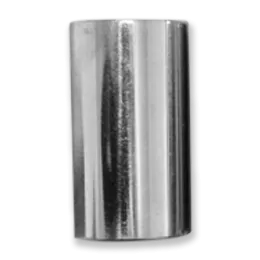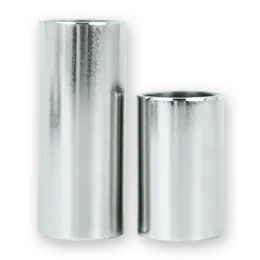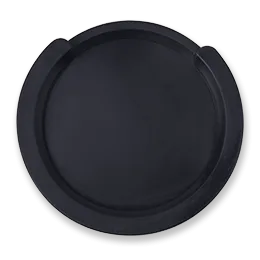Five Wrong Ways to Use a Guitar Capo
Capo is a small device that secures guitar strings to a specific fretboard, allowing the player to change the pitch of the strings. Capo is a popular tool among guitarists because it can help players play different frets without learning new chord shapes. However, there are some wrong ways to use a guitar capo, which can lead to poor sound quality, intonation problems, and even damage to the guitar. In this article, we will explore the capo’s features and benefits while clarifying five common mistakes to avoid when using a capo.
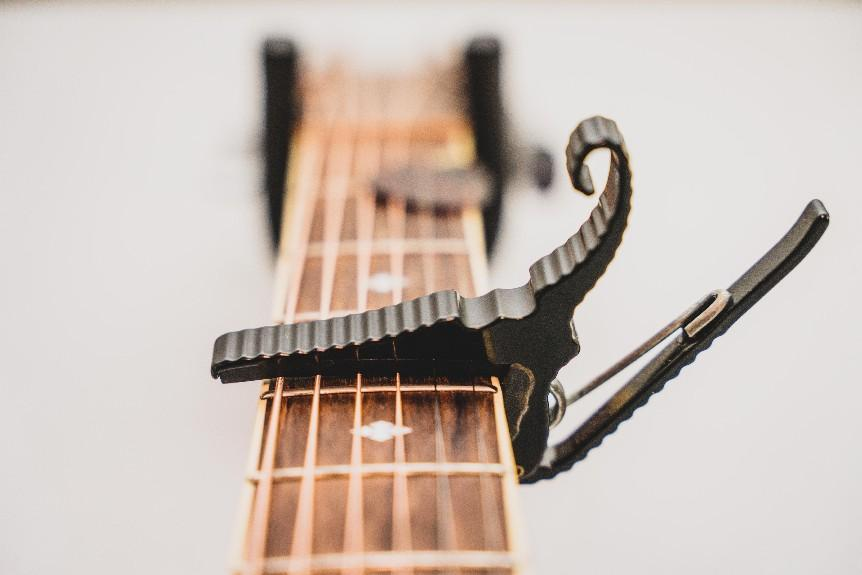
Five Wrong Ways to Use a Guitar Capo
1. Placing a capo too close to the previous fret
One of the most common mistakes guitarists make when using a capo is placing the capo too close to the previous fret. This can cause the string to buzz or sound out of tune on the capo because the string isn’t applying enough pressure to hold the string to the frets properly. Placing the capo directly after the desired fret is critical if the guitar player wants a clean, articulate tone.
2. Using too much pressure when applying the capo
Another common mistake is using too much pressure when placing the capo. This can cause the strings to become sharp and even damage the guitar. To avoid this problem, applying the right amount of pressure to hold the strings firmly without knocking them out of tune is important.
3. Using a capo on the wrong fret
Understanding the purpose of using a capo is crucial, and using it on the wrong frets can also result in poor sound quality. For example, placing the capo on the first fret can cause the strings to sound too high-pitched and thin. Conversely, setting the capo too high on the fretboard will make the strings sound too low-pitched and muddy. To avoid these problems, it is important to experiment with different capo positions, carefully choosing the frets that will achieve the desired effect while maintaining musical integrity.
4. Using the wrong type of capo on the guitar
Guitars come in all shapes and sizes, and another mistake some guitarists make is using the wrong type of capo, causing compatibility issues. There are different types of capos, including spring-loaded capos, clip-on capos, and screw-in capos. Some capos are explicitly designed for acoustic guitars, while others are suitable for electric or classical guitars. Each type has advantages and disadvantages, and choosing the suitable guitar capo is vital to ensure the best sound quality.
5. Using a capo for learning new chord shapes
Finally, while the capo is a useful tool for changing the pitch of a song, it should not be relied upon solely for learning new chord shapes. Over-reliance on the capo can hinder the development of finger strength, muscle memory, and fretboard navigation skills. Using the capo sparingly and focusing on learning chords in the natural positions is recommended.
What do you know about Alice strings’ capo?
The guitar capo is an invaluable accessory that opens up a world of possibilities for the guitarist. As a professional string manufacturer, Alice strings has professional R&D laboratories and production equipment and is committed to providing high-quality guitar strings and musical instrument accessories for every music lover. The A007V-C Classical Guitar Capo from Alice strings is a great choice. This capo is designed for classical guitars, ensuring a secure fit and optimum performance. Its screw-spring system allows the user to fine-tune and stabilize the pressure on the strings for consistent and accurate sound quality.
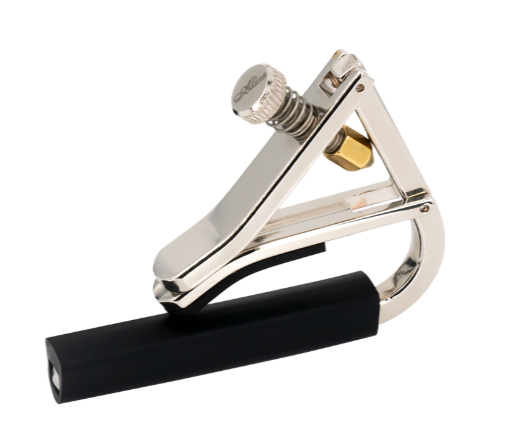
In conclusion, a guitar capo is a valuable tool for any guitarist, but it is important to use it correctly to ensure the best possible sound. By avoiding these common mistakes and experimenting with different capo positions and types, you can contact Alice strings for more information!
Related Articles:
How a Capo Can Help Guitar Beginners
A Guitar Skills Checklist for Every Beginners
How Tight Should Guitar Strings Be?
Relate News
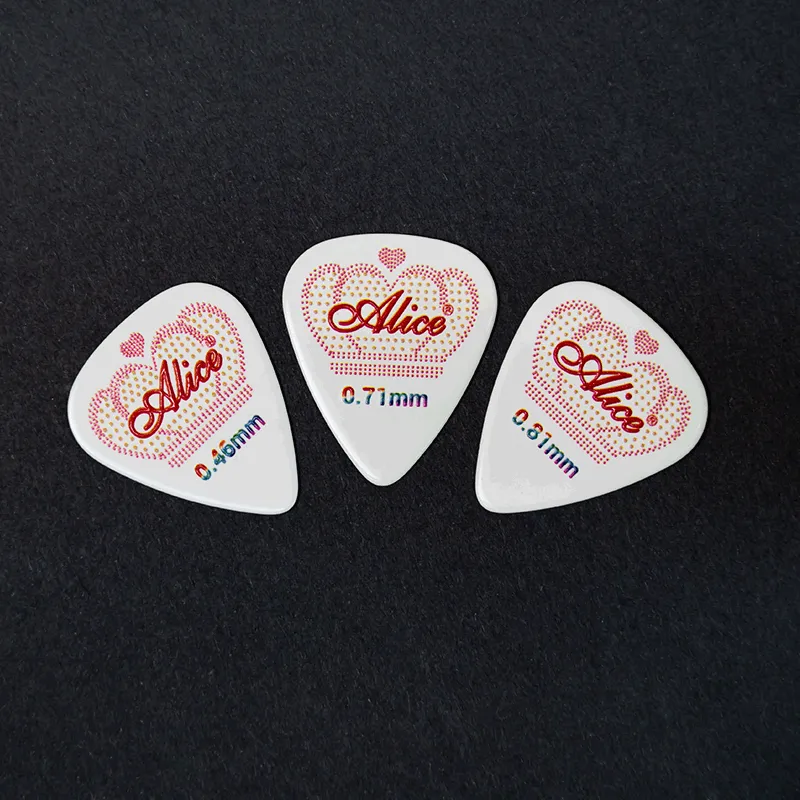

Electric Guitar Strings Gauge Chart: A Complete Guide for Guitarists
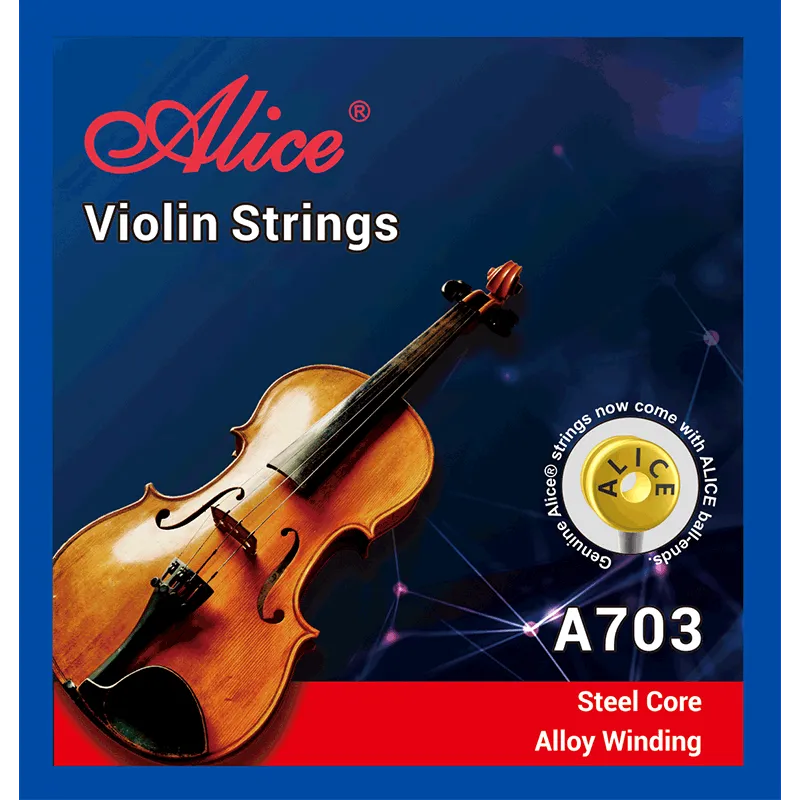
What Are Violin Strings Made Of?
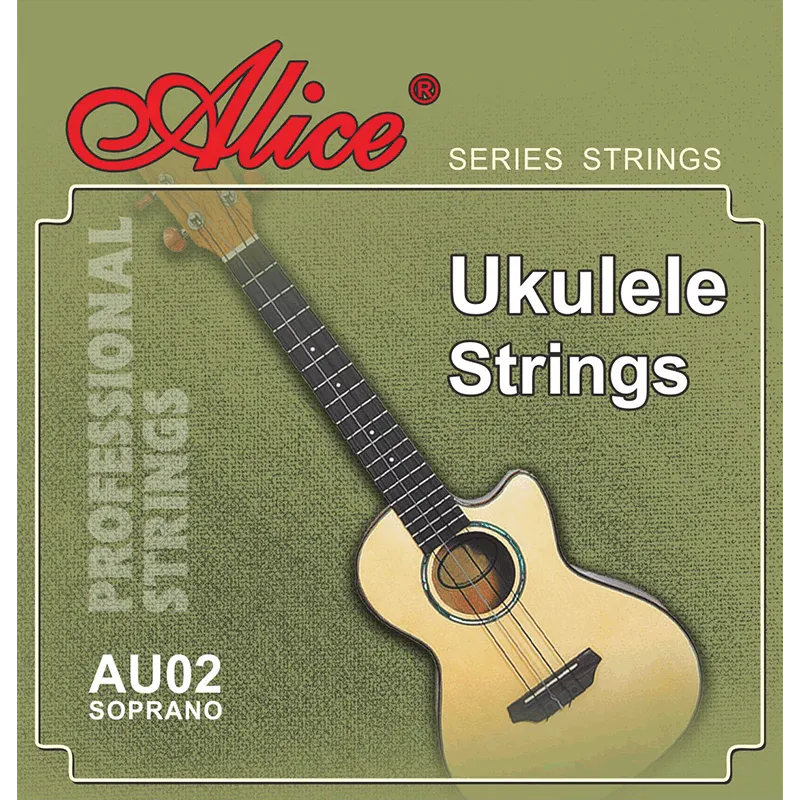
Folk Instrument Strings: Types, Materials & How to Choose the Right Set
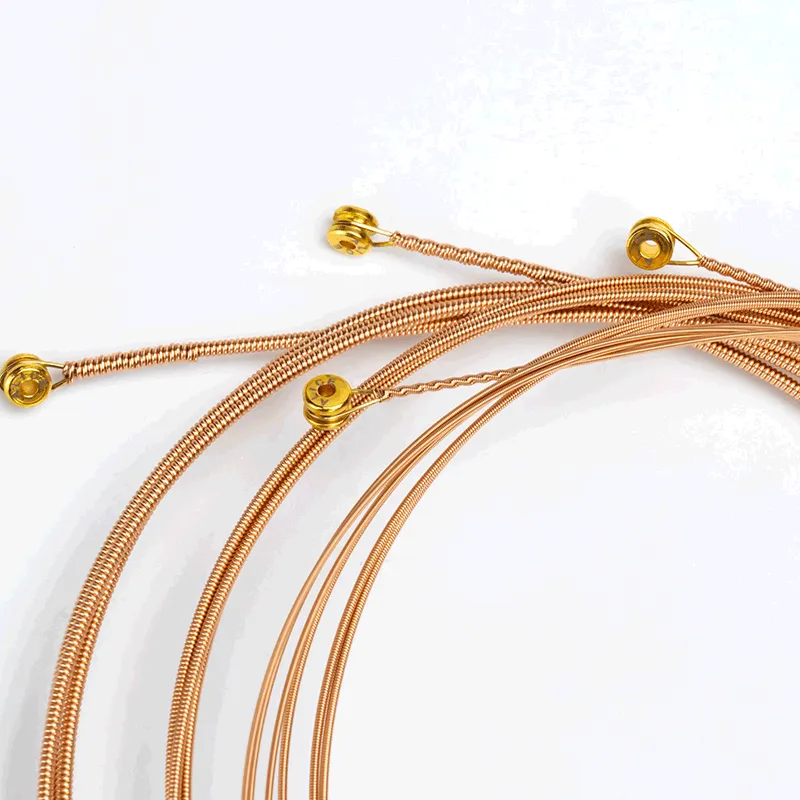
Which Acoustic Guitar Strings Fit Different Music Styles Best?
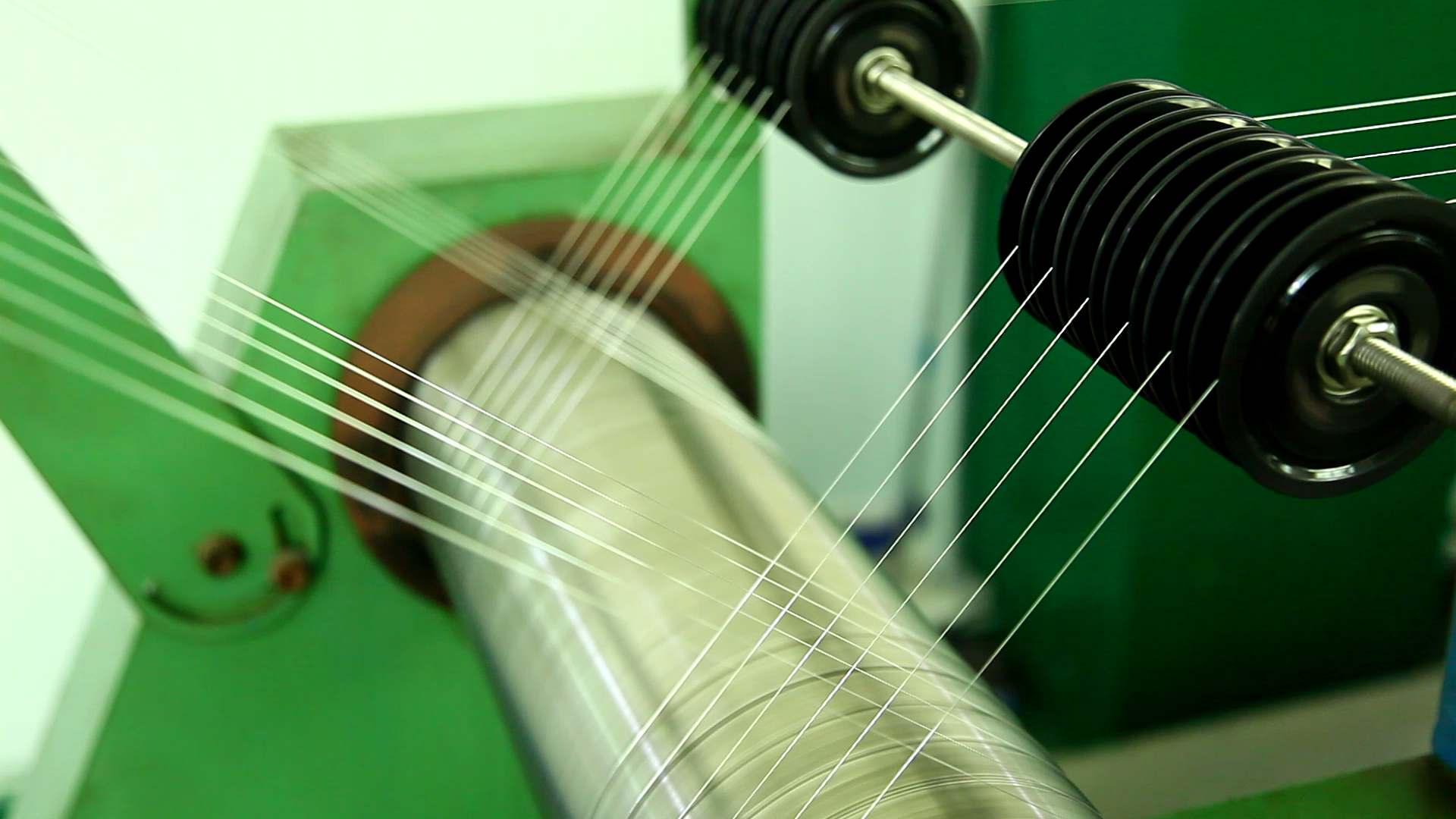
Common Guitar String Problems: How to Fix Tuning Issues, Rust, and String Breakage

Complete Guide to Guitar String Materials: Which One Is Right for You?
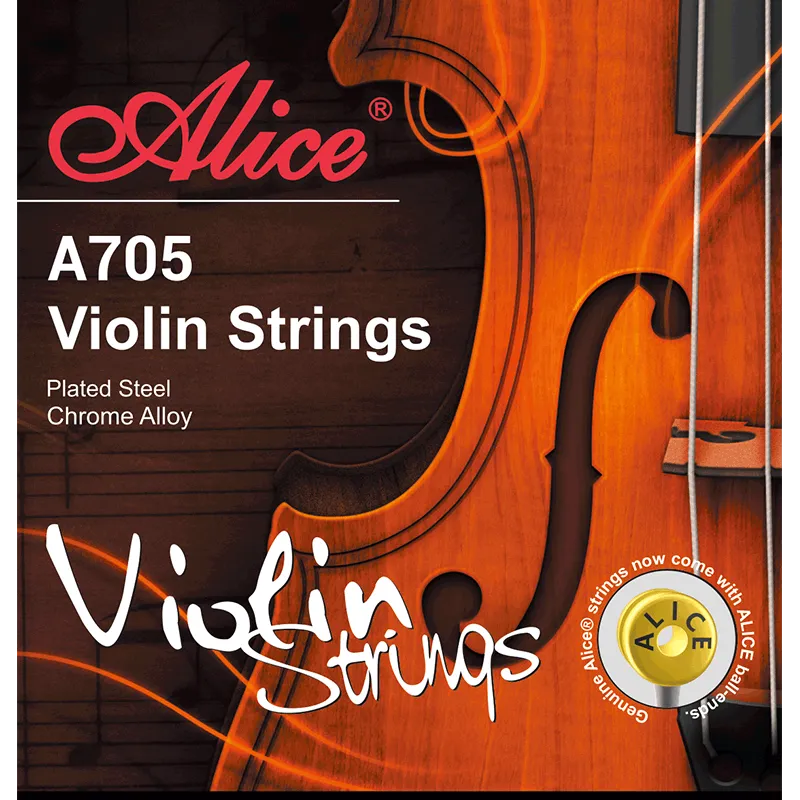
The Complete Guide to Orchestral Strings: Everything You Need to Know
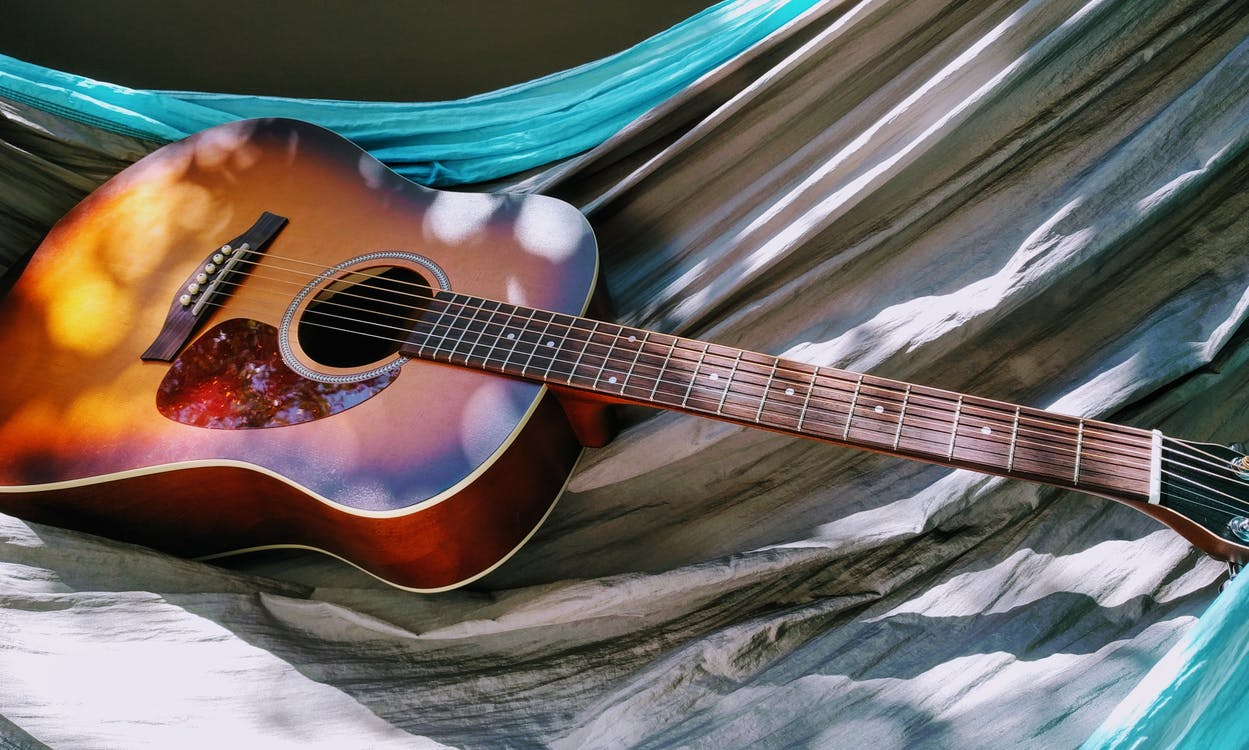
Inside the Craftsmanship: The Manufacturing Process of Guitar Strings
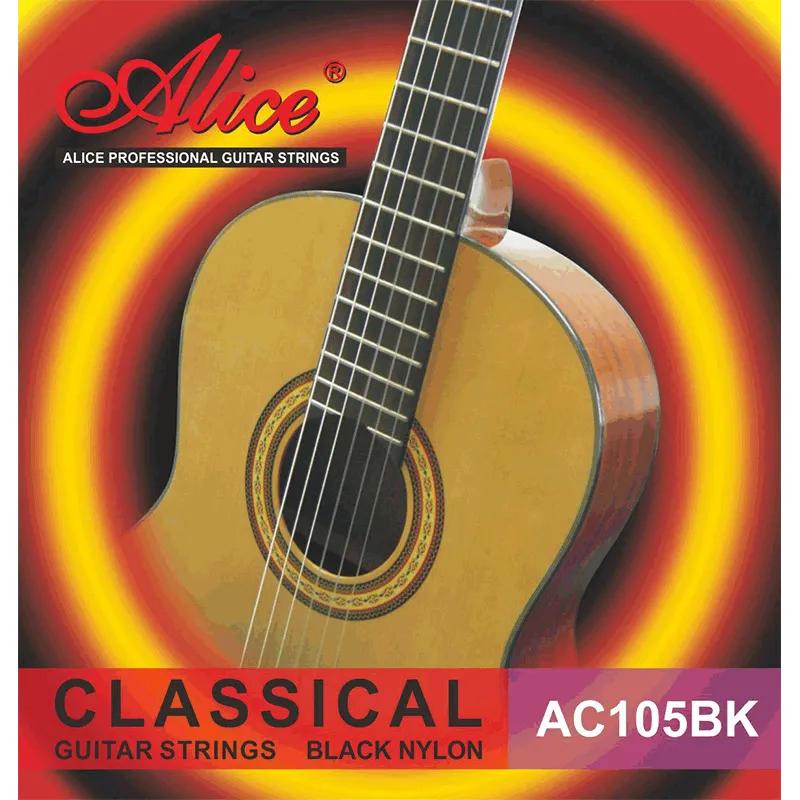
Wholesale Guitar String Purchasing: A Practical Guide for Retailers and Distributors
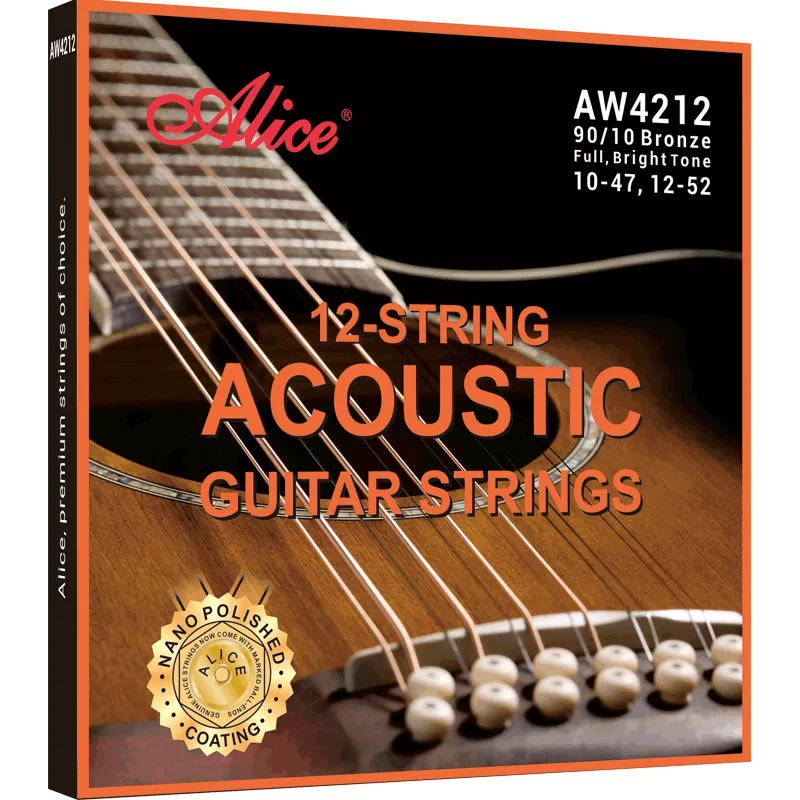
How to Choose the Right Guitar String Models for Export Markets



